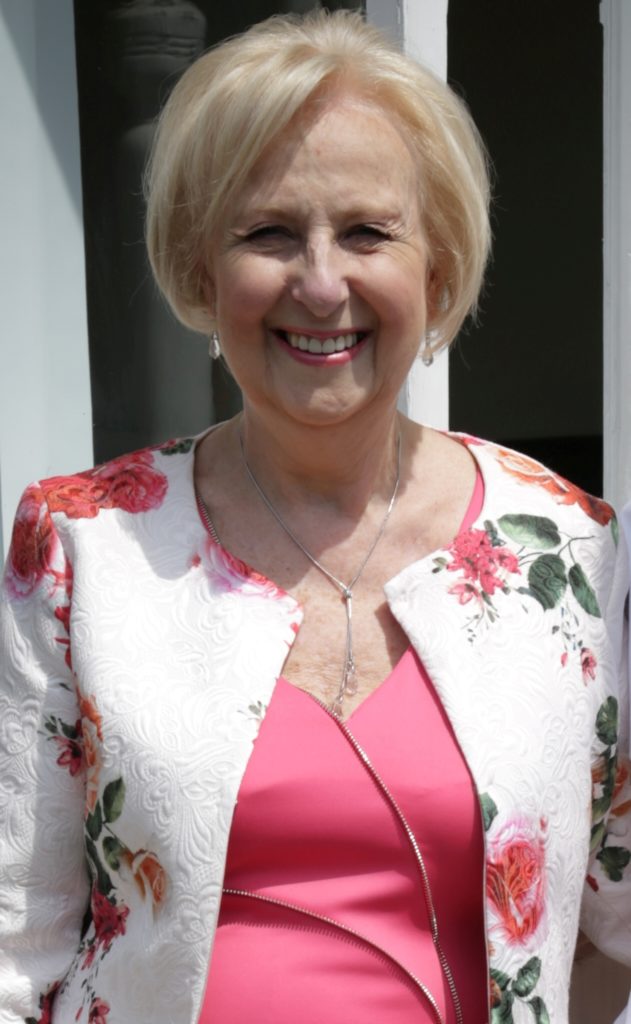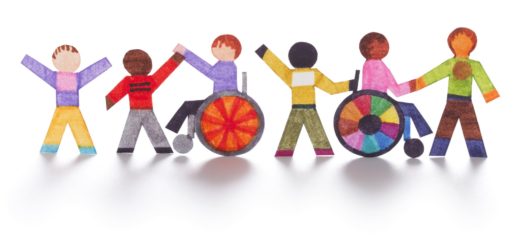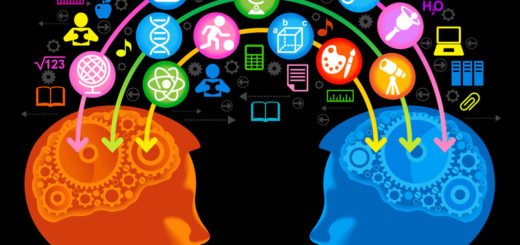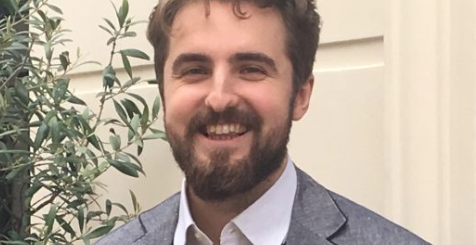Audio Integration Therapy and Light Therapy, A New Way To Address Sensory Processing Difficulties by Pauline Allen
Pauline is a Neurodevelopmentalist and a certified trainer in Auditory Integration Training (AIT) and Lightwave Stimulation (LWS). She regularly gives presentations at home and abroad and has developed a number of training programmes for parents and Health and Educational professionals. The Sound Learning Centre also provides Outreach Programmes for assessments and treatments.
With a background as a dyslexia teacher and Neurodevelopmentalist, she has extensive training and experience in the areas of sound, light and neuro-developmental therapy Pauline, is the principal of The Sound Learning Centre, London, UK. Architect of Bérard International Day (BID) as well as International Light Day (ILD) of which she is Chairperson. The unique combination of interventions focuses on retraining sensory processing and establishing new, more effective patterns of interaction, in turn transforming emotional well-being.
We work with a wide range of learning and sensory difficulties with an approximate ratio of 70:30, children to adults. The presenting difficulties of those attending the centre cover many conditions such as: Dyslexia, Dyspraxia, speech & language difficulties, delayed speech, Central Auditory Processing Disorder (CAPD), Attention Deficit (Hyperactivity) Disorder (AD(H)D), Developmental Delay, Asperger’s Syndrome, Autism Spectrum Disorder (ASD), Seasonal Affective Disorder (SAD) and issues with eating and sleeping, and many others which limit an individual’s performance and quality of life.
During the past twenty one years we have treated around two thousand clients with sound and light therapy. We do not diagnose nor claim to treat the condition itself but rather the sensory issues that affect an individual’s performance. These in turn may have led to symptoms that justify a label. Our approach to intervention very much centres on stimulation of the senses in order to retrain the sensory processing in the brain. This can change the way we perceive the world and establish new, more effective patterns, leading to improvements in social, emotional, behavioural and academic performance.
For the majority of clients we provide both sound and light therapies, but for this article, we are going to focus specifically on sound therapy.
How do we establish whether there are difficulties with the auditory system?
The first thing we need to do is an assessment, which takes between two-three hours depending on the child being assessed. We do our utmost to ensure that a child feels at ease and comfortable and we therefore allow for short breaks during the assessment if they are required.
Based on the ability of the child to comprehend instruction, maintain concentration and provide an understandable response, the assessment looks at the auditory, visual and developmental systems, whilst also exploring the vestibular function, proprioception and laterality and how the senses are working overall.
Included are auditory and visual tests and a neuro-developmental screening, tailored to the abilities of the child along with detailed critical observations and background information as provided by parents or carers.
At the end of the assessment, we provide verbal feedback to the parent or carer, and follow up with a written report. We also provide practical advice on support at home and in school as well as any other professional services we feel appropriate to recommend.
What is the theory behind our sound therapy – Auditory Integration Training (AIT)?
· Variations in auditory profile, often considered as being ‘within normal limits’ introduce distortions in auditory processing that can be implicated in a wide range of social, emotional, behavioural and academic difficulties as well as vestibular and proprioceptive concerns.
· Music is sound which is patterned in complex ways predictable or anticipatable to the auditory processing system and can be used as a medium to retrain the auditory system.
· If the musical patterning is interfered with, by modulating the music such that either high or low frequencies are randomly amplified or reduced in volume, rapidly and for very short periods, the sounds will still be recognisable as music but be less predictable and more difficult to process.
· If this modulated music is presented to the listener through headphones it would, over a period of twenty short listening periods, lead to the auditory system re-training itself such that the measured response of each ear is more balanced across the frequency range and also between each ear.
· Such changes in auditory response and processing would be reflected in a wide range of performance improvements.
This suggests why participants involved in AIT therapy exhibit improved behaviour and reduced behavioural difficulties.
What actually happens during Auditory Integration Training (AIT)?
AIT involves listening through headphones to specially filtered music, delivered by means of an Audiokinetron machine, with filters set as required. The programme consists of two 30 minute sessions each day with a minimum interval of 3 hours between sessions. A standard programme is 20 sessions and can be taken over 10 consecutive days, or over a period of two weeks.
What kinds of children do we work with? Those who:
· were late to speak
· have speech and language difficulties
· didn’t crawl
· walked very early
· walked late
· have poor balance and co-ordination
· have delayed development
· have difficulties reading and writing and with comprehension
· have auditory processing difficulties
· may have poor social interaction – i.e. playing with other children
· have inability to concentrate in the classroom
· are sound sensitive
· are fussy eaters
· are poor sleepers
· are disproportionately tired
· have poor confidence and self-esteem
How AIT can help:
AIT can frequently help with difficulties related to hearing, speech and communication. If we can reduce over-sensitivities to some frequencies and under sensitivities to others it can lead to a more balanced hearing system. The obvious tell-tale signs of sound sensitivity are covering the ears, or seeming distressed at certain sounds, such as a balloon popping – crying or running out the room.
Another sign is when a child is easily distracted. One moment you have their attention, and the next, it’s gone. AIT may help improve a child’s auditory processing overall enabling them to better process speech and language.
Parents often say to us ‘my child used to be sound sensitive but they aren’t anymore’. In our experience, the sound sensitivity doesn’t go away; the child just becomes more adept at ‘blocking’ and ‘tuning out’. This is something to watch for, as this ‘tuning out’ can also lead to missed learning opportunities.
An inability to concentrate and to possibly be disruptive – AD(H)D – is one of the most commonly recognised difficulties in schools. If a child cannot pay attention in class it makes it very difficult for the teacher to teach and for the child to learn. It may lead to the child being ‘labelled’ as a ‘day-dreamer’ and has the potential for the child to become disillusioned with school and possibly, result in them acting-out or misbehaving
A number of children we see also have immature systems, which can impact on areas such as fine and gross motor skills, balance and co-ordination. AIT works on the vestibular system, located in the inner ear and can frequently bring improvements in these areas.
We strongly believe when there are a ‘cluster’ of difficulties across the systems that it really tends to impact on performance, behaviour and self-esteem. Therefore anything we can do to improve the systems overall will help the child to function better day to day, and to feel happier and more confident.
What can a parent do?
Our advice to parents if you are concerned about your child, is to do your research and trust your instincts. After all, you know your child better than anyone.
Contact Details
The Sound Learning Centre: Open 9am – 6pm Monday – Saturday
Tel: +44 (0)20 8882 1060
Email: info@thesoundlearningcentre.co.uk
Website: www.thesoundlearningcentre.co.uk










